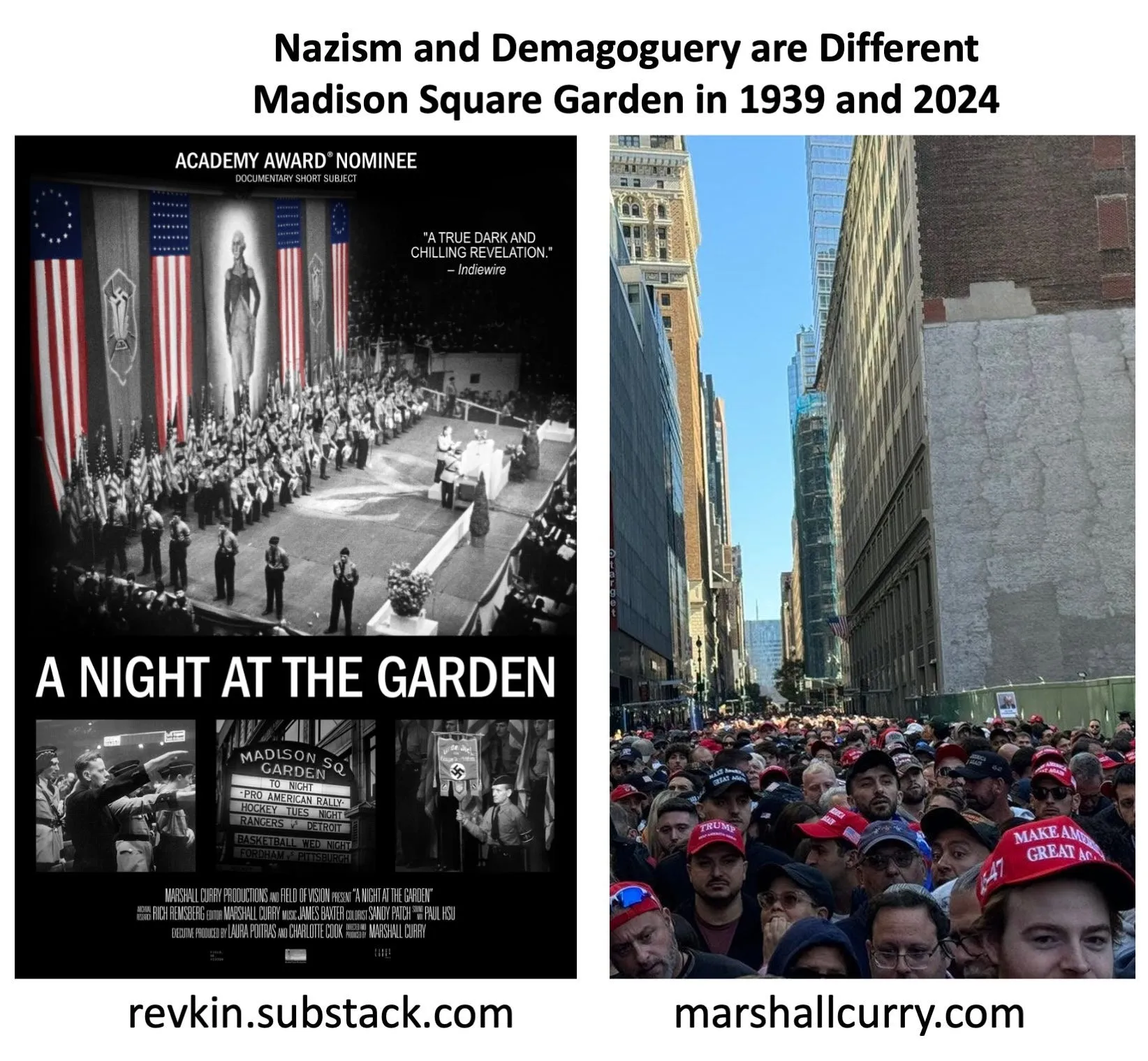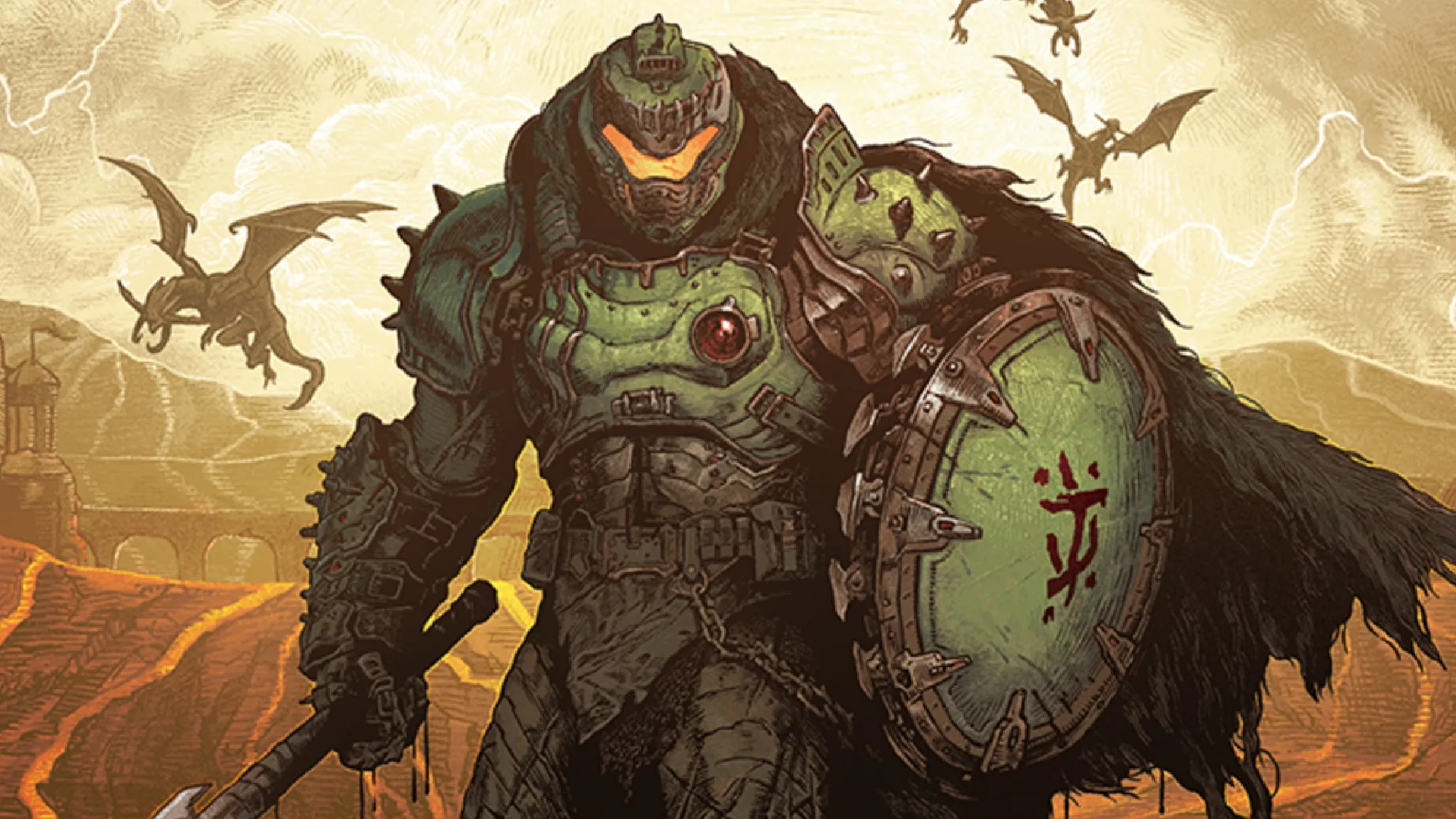Echoes of History: Madison Square Garden’s 1939 Nazi Rally Resurfaces in Today’s Politics
On February 20, 1939, Madison Square Garden became the stage for a controversial event that would echo through history. The German American Bund, a pro-Nazi organization, organized a rally that attracted over 20,000 attendees. This gathering, led by Fritz Julius Kuhn, aimed to promote a vision of America dominated by “White Gentiles” while vehemently opposing Jewish influence in media and politics. The rally’s theme was cloaked in a facade of “Americanism,” featuring a large portrait of George Washington flanked by swastikas, a stark symbol of a twisted interpretation of patriotism.
The rally was not without its opposition. Outside the venue, approximately 100,000 anti-Nazi protesters gathered, brandishing slogans such as “Smash Anti-Semitism” and “Drive the Nazis Out of New York.” This overwhelming show of dissent highlighted the deep divisions within American society at the time. Mayor Fiorello LaGuardia recognized the potential for violence and deployed a significant police presence, with 1,700 uniformed officers and undercover detectives tasked with maintaining order.
As the rally unfolded, tensions escalated. Reports of violence emerged, including a notable incident where a young Jewish protester, Isadore Greenbaum, rushed the stage and was violently subdued by stormtroopers. Outside, the atmosphere was charged, leading to thirteen arrests among the protesters. The public response to the event was overwhelmingly negative; many New Yorkers viewed the rally as an embarrassment and a dangerous display of fascist ideology.
In the broader historical context, the rally occurred during a time of economic hardship in the United States. Rising antisemitism and isolationist sentiments influenced public attitudes towards Nazism and immigration. The German American Bund, despite its initial popularity, began to decline after the rally. Kuhn himself faced legal troubles, eventually being imprisoned for embezzlement, which contributed to the organization’s downfall by 1941.
Fast forward to today, and the echoes of that fateful night in 1939 resonate in contemporary politics. Recent political events have drawn striking parallels between the 1939 rally and modern political gatherings, particularly those led by former President Donald Trump. Critics have likened Trump’s rhetoric and actions to those seen at the Madison Square Garden event, reigniting discussions about extremism in American politics.
Media coverage has increasingly highlighted these comparisons, raising concerns about rising authoritarianism and fascist-like behavior among certain political factions. The legacy of the 1939 rally serves as a cautionary tale about the dangers of extremist ideologies gaining traction in democratic societies. It emphasizes the need for vigilance against hate speech and propaganda, reminding us that history can repeat itself if we are not careful.
The German American Bund and its rally at Madison Square Garden stand as a stark reminder of the fragility of democracy. The event not only exposed the undercurrents of hate and division in American society but also illustrated the importance of standing against such ideologies. As we navigate the complexities of contemporary politics, it is crucial to reflect on the lessons of the past and remain vigilant against the forces that seek to undermine our democratic values.
In conclusion, the 1939 Nazi rally at Madison Square Garden is more than just a historical footnote; it is a reflection of the ongoing struggle against extremism in America. As we witness the resurgence of nationalist sentiments and divisive rhetoric, the echoes of that rally remind us of the importance of unity, tolerance, and the unwavering defense of democratic principles. The past is not merely a series of events; it is a living narrative that continues to shape our present and future.






Leave a Comment